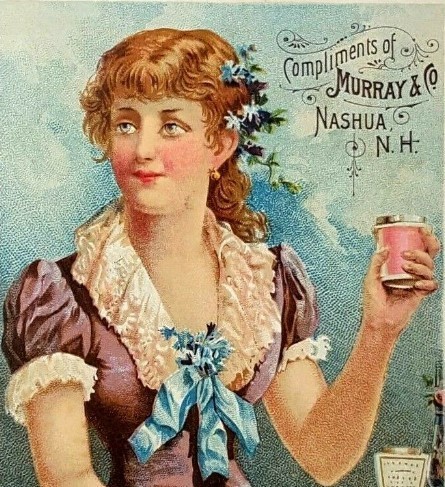
Victorian teeth
Compared to the modern day, Victorian art and magazine imagery depicted people with their teeth visible far less frequently. While modern day media show people smiling with their teeth visible merely as an expression of mild happiness or civility, Victorian art generally depicts only those who are very young, naive, fools, drunkards, dead or dying, sensualized, completely fascinated, victims or assailants, or some combination of the above as showing their teeth. It was also used when depicting people of lower status or those seen as uncultivated. Baring ones teeth tended to thus be associated with a loss of control over oneself or in the case of people of lower status, with an ignorance of the norms and manners of the upper classes. Similarly, singers and performers and people seen as "exotic" or "foreign" were often depicted with their teeth showing. They were seen as not following the norms of middle and upper class victorian society in Europe and the United States. In the case of the latter, depicting teeth was part of racist depictions of people of color perceived as "inferior" by Europeans and Americans.
With this context in mind, it is perhaps unsurpising that late 19th and early 20th century trade cards, even those advertising dental products, not infrequently depicted their subjects with closed mouths. Though there were some exceptions, including those depicting children, for whom it was much more acceptable to show their teeth, it was not universal for people in dental advertisements to show their teeth until the 1920s. This coincides with a change in depictions of teeth in popular art, including advertising, as they became much more common and acceptable to depict, though fine art continued to adhere to Victorian conventions as to who was depicted with their teeth showing.
In some ways, the 19th century was an era of uniquely bad dental health, as the increasingly widespread availability of sugar led to an increase in dental caries or cavities, while much of the preventative dental care and treatments available now had yet to be invented or popularized.